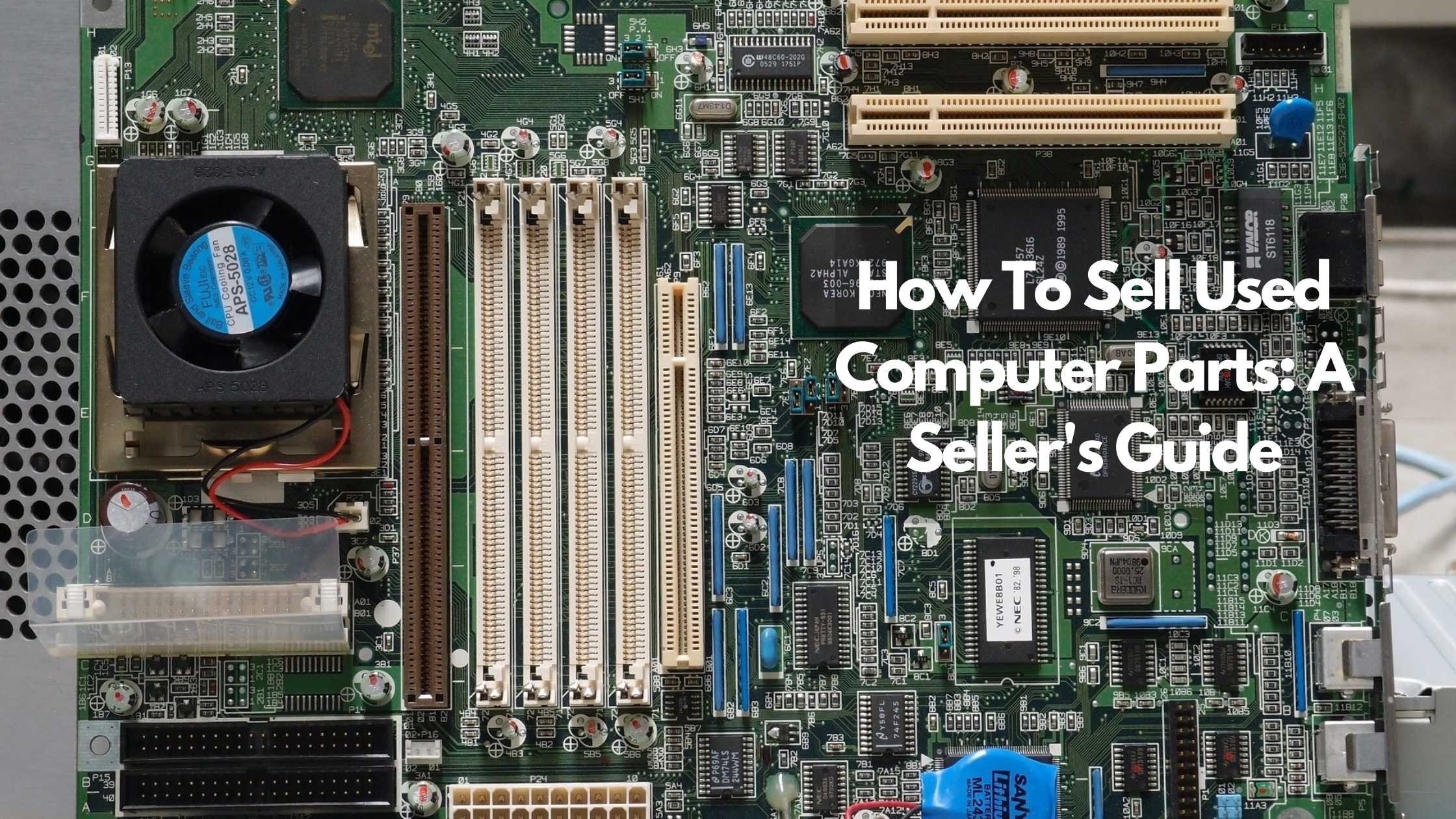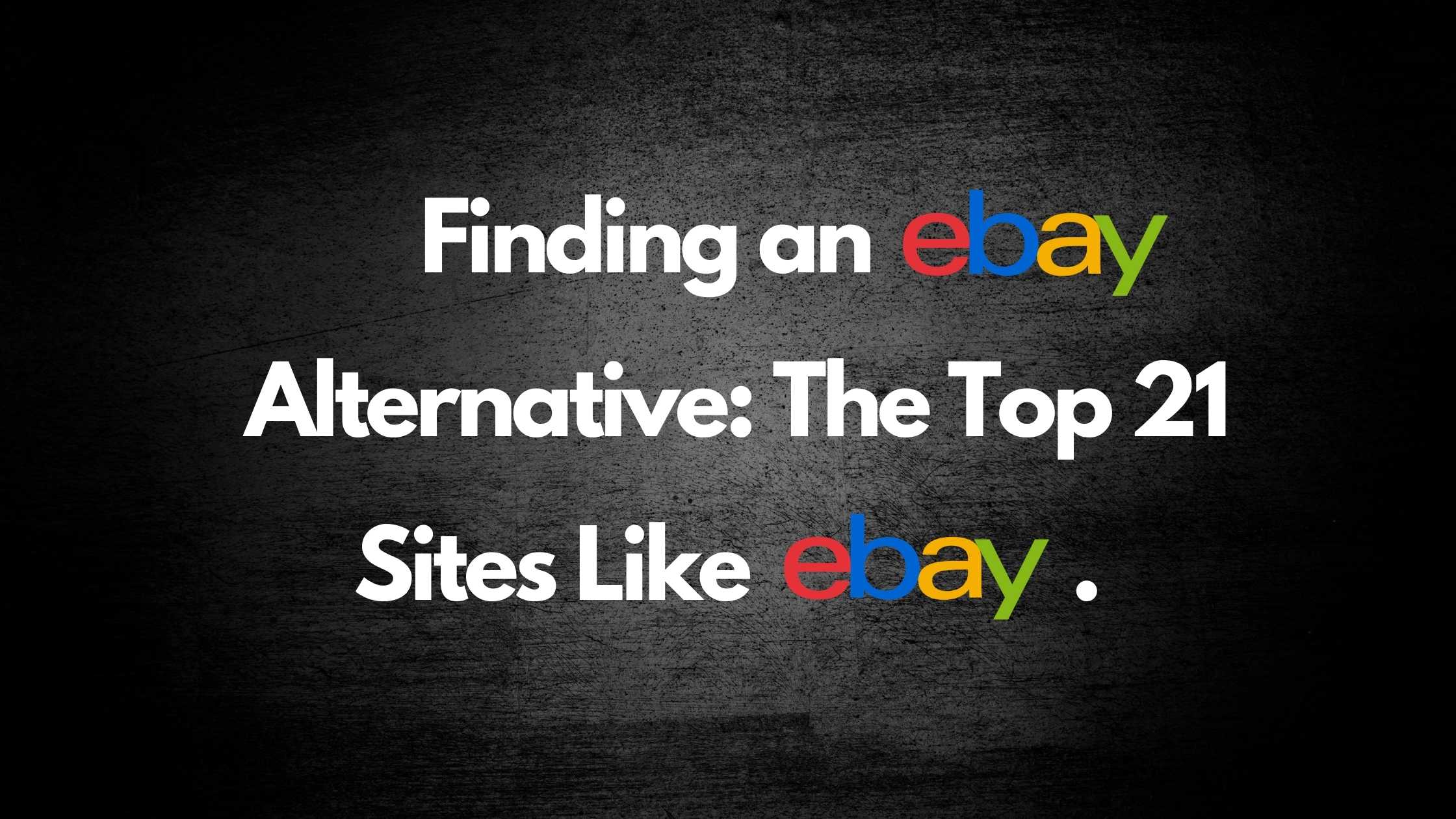
What Is a Marketplace in Ecommerce?
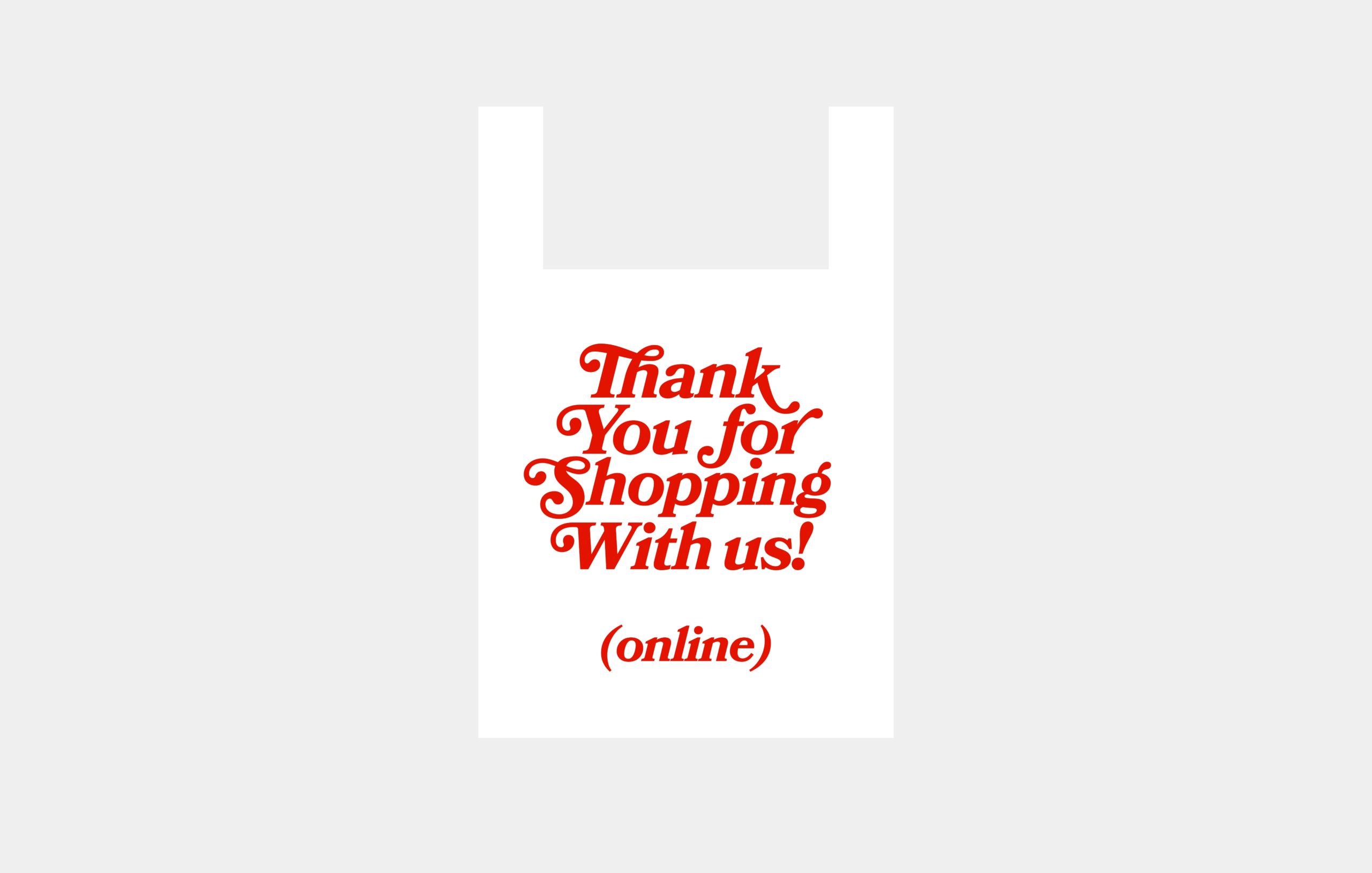
E-commerce websites have increased in popularity over recent times. Having been in website design for a few years, I thought I’d write this helpful article about what a marketplace is in e-commerce.
So, what is a marketplace in e-commerce? A marketplace in e-commerce is a group of online stores offering different products from different vendors, much the same as a marketplace in real life. People who use these types of websites can create a store in the marketplace. The only difference is people visit the store and make purchases online rather than going to a physical store.
Now, they are a little bit complicated and it does require further explanation. So, below I will talk about exactly how they work, what are some of the biggest ecommerce marketplaces, how to start selling online, and how e-commerce marketplaces make money.
What is the difference between e-commerce and a marketplace?
E-commerce and marketplaces differ in how they work. E-commerce is done through a website. Whereas a traditional marketplace is done in face to face in person at a physical location. On an ecommerce website users register an account. Once they have registered an account they start a store or begin buying things. They will buy things from someone else who has an account and created a store.
An e-commerce website and a marketplace function in the same way. In that, they are driven by the same forces, supply and demand, and the coincidence of wants. The coincidence of wants is what leads to marketplaces. This is the reason why money is used. It acts an an intermediary that bridges the gap between when someone wants to sell something and when someone wants to buy something.
A traditional marketplace is a place where people go to buy and sell things. The easiest example to picture is a fruit and vegetable market. In a fruit and vegetable market people go there to buy fruit and vegetables and other people go there to sell fruit and vegetables. The dynamics of a marketplace are supply and demand.
A fair price for an item is determined by market forces. These are intangible forces which drive purchases at a marketplace. Market forces are supply and demand. A seller will advertise a product at a particular price let’s say $1.00 for a bag of apples. If people are happy with this price they will buy bags of apples at this price. If they are very happy with this price the person selling the apples will soon run out of stock.
So, to stop themselves from running out they will raise the price. Once the price has been raised people will either continue to buy their products at the same frequency, in which case the vendor will need to raise their price again. The same is true of the opposite, where if people aren’t buying enough of it, the vendor will lower their price until people are happy to pay that amount and a sufficient number of sales come in to satisfy the seller.
Therefore, a market is a balancing act between the vendor (seller) and the market (buyers), and a marketplace is where people go to participate in the market.
What are the biggest online marketplaces?
According to Axiomq.com the largest online marketplace by networth are:
- Amazon. Most people will have heard of Amazon. They started off selling only books, but branched out into other products. They are lead by Jeff Bezos, who is very good at innovation and efficiency which has lead to the large growth of Amazon.
- Jingdong. This is found at JD.com, and is a Chinese based company. They have 250 million users.
- Alibaba. Another Chinese based company. This was the most popular website among drop shippers when e-commerce first came onto the scene. This is because the price to buy things was significantly lower than what could be sourced locally.
- eBay. This was the first big e-commerce store and most people have heard of it. It paved the way for other big e-commerce companies.
- Rakuten. This is a Japanese based e-commerce company and began in 1997. They also provide a banking service.
- B2W Companhia Digital. This is a Brazilian based e-commerce company and are also the biggest in South America.
- Zalando. This is a European based e-commerce company, they began in 2010.
- Groupon. This is a website which offers discounts on known retailers. People go to their website to get discounts on their favorite products, and they take a commission on any sales.
The biggest companies have a big emphasis on getting super fast delivery at the cheapest prices. They are moving towards drones and automation to increase efficiency. Amazon, the biggest, bought their own airline, because they were dissatisfied with the delivery times.
Learn more about the advantages of online marketplaces: Advantages of online marketplaces versus classified sites.
How can I start selling online?
To begin selling online you should start small. Buy a few of a product that you think has the potential to have good margin. Margin is the amount you make after all costs. So if you can sell a product for $10.00, and it costs you $9.00 to buy it, and ship it. Then, your margin is $1. It therefore makes sense to aim to sell products with the highest margin possible.
Some products you know there is a large demand for, such as consumables like food, clothing, household items. However, most other people have had the same idea and are already established. Therefore, it is usually the case that you will need to differentiate yourself in some way such as in price, quality, and free add-ons.
Once you have got a product that you would like to sell. You should look into the different marketplaces available locally or internationally where it is viable to set up a store, and sell your products.
Another option is to create a whole new website just for your products. There are advantages and disadvantages to doing that. The advantages and disadvantages of creating your own website to sell products or using an established online marketplace:
Established e-commerce stores have large amounts of visitors that go there every day. This is a big advantage because you don’t have to do as much marketing. This is illustrated by looking at the difference between setting up a store in a busy marketplace where lots of people are walking by and asking and buying your products. Contrasted with a marketplace in a rural area, where very few people come past at all. Therefore, you can use their advertising and reputation to help your store get established.
This website you are on now is an online marketplace, that charges zero selling commissions and with our basic tier, you can list items for free. If you are interested in selling or buying products online, you should definitely create an account and see what we have to offer. To do this go to the register an account page which can be accessed by clicking here.
How does a marketplace make money?
A marketplace makes money by charging vendors (sellers) a cost to set up a shop, or a small commission on each sale made. A small commission on each sale made is mostly done on online marketplaces. This is because it is easy to track by the website owner.
A cost to set up a store is usually charged in physical marketplaces because it is too much work to keep track of each individual sale, and ensure that vendors pay the correct amount.
The upside to our marketplace is we have no selling commissions or any hidden fees.
Learn which thrift items to resell: Top 7 Things to Look for at Thrift Stores to Resell (Thrifting Secrets)
Conclusion
A marketplace in e-commerce is a website that sells products. The marketplace is generated by users who create accounts and open stores. People with stores list products that they want to sell and other users buy these products. There are some very large online marketplaces such as Amazon.com, JD.com, and Alibaba.com. If you’d like to sell through our marketplace, with our basic tier it is free, and we never charge a selling fee or any hidden fees.
Recommended Blog Posts:
Sources
TRENDING


Online Arbitrage for Beginners (Step-by-Step Guide)
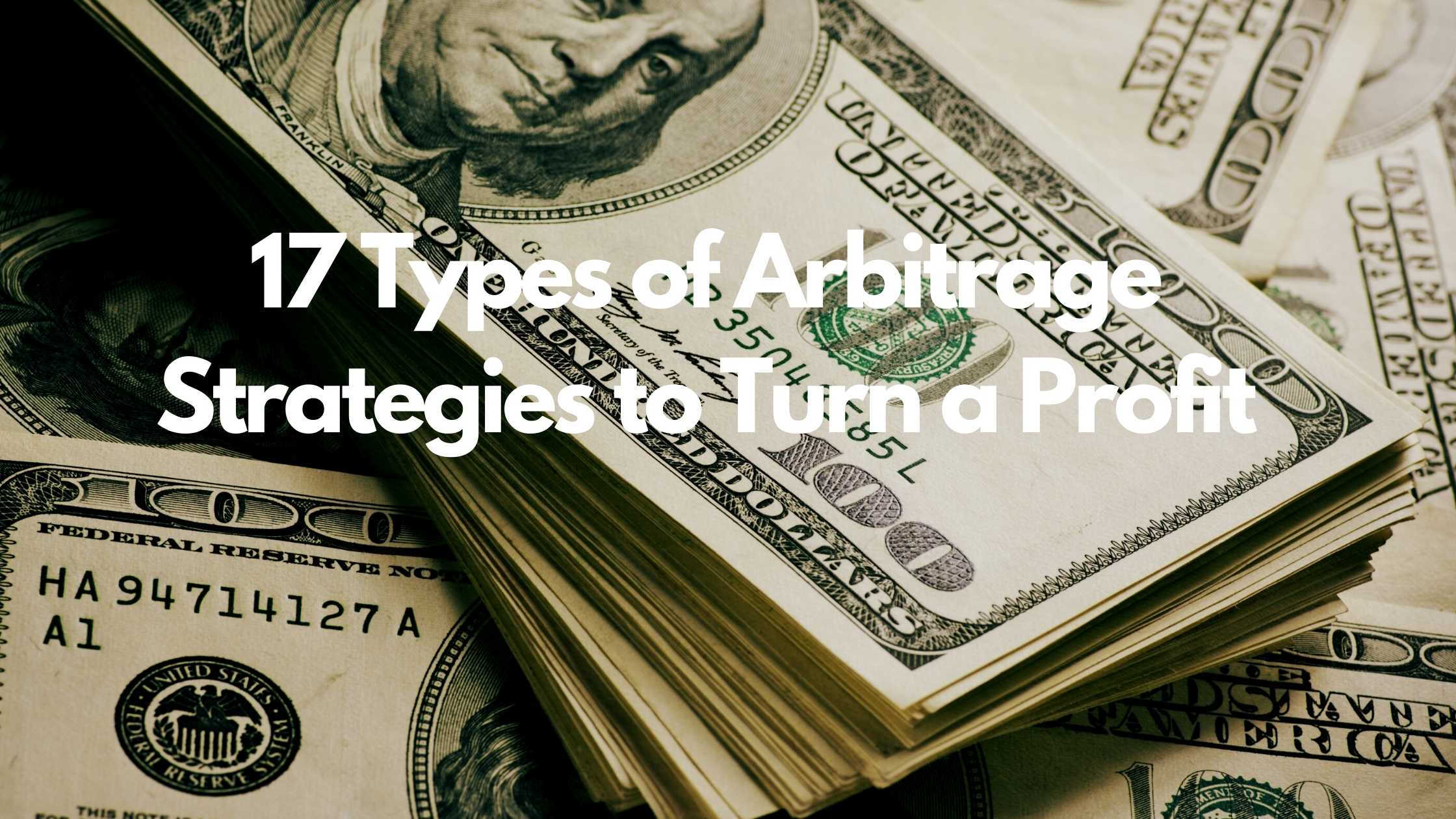
17 Types of Arbitrage Strategies to Turn a Profit
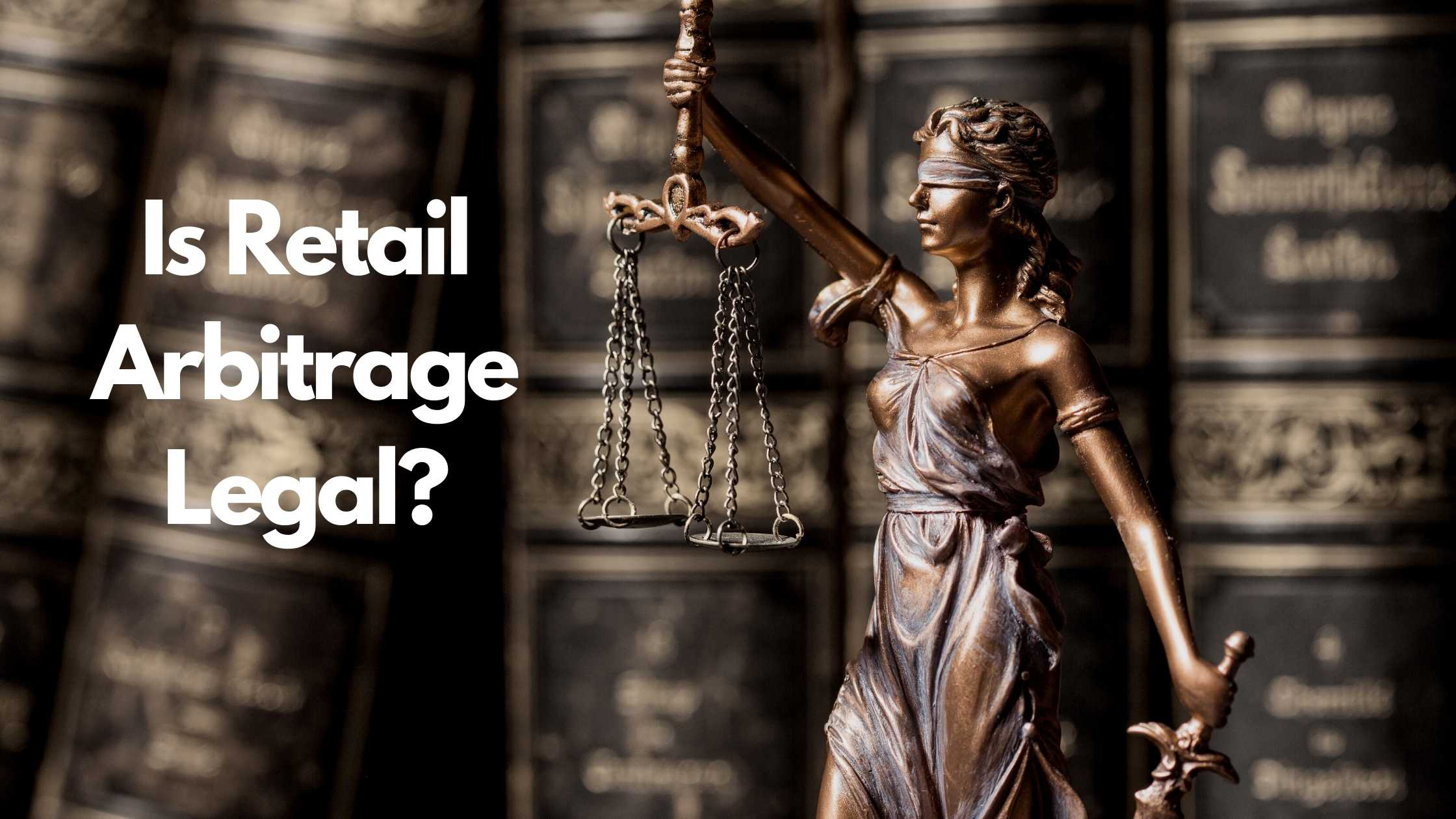
Is Retail Arbitrage Legal?
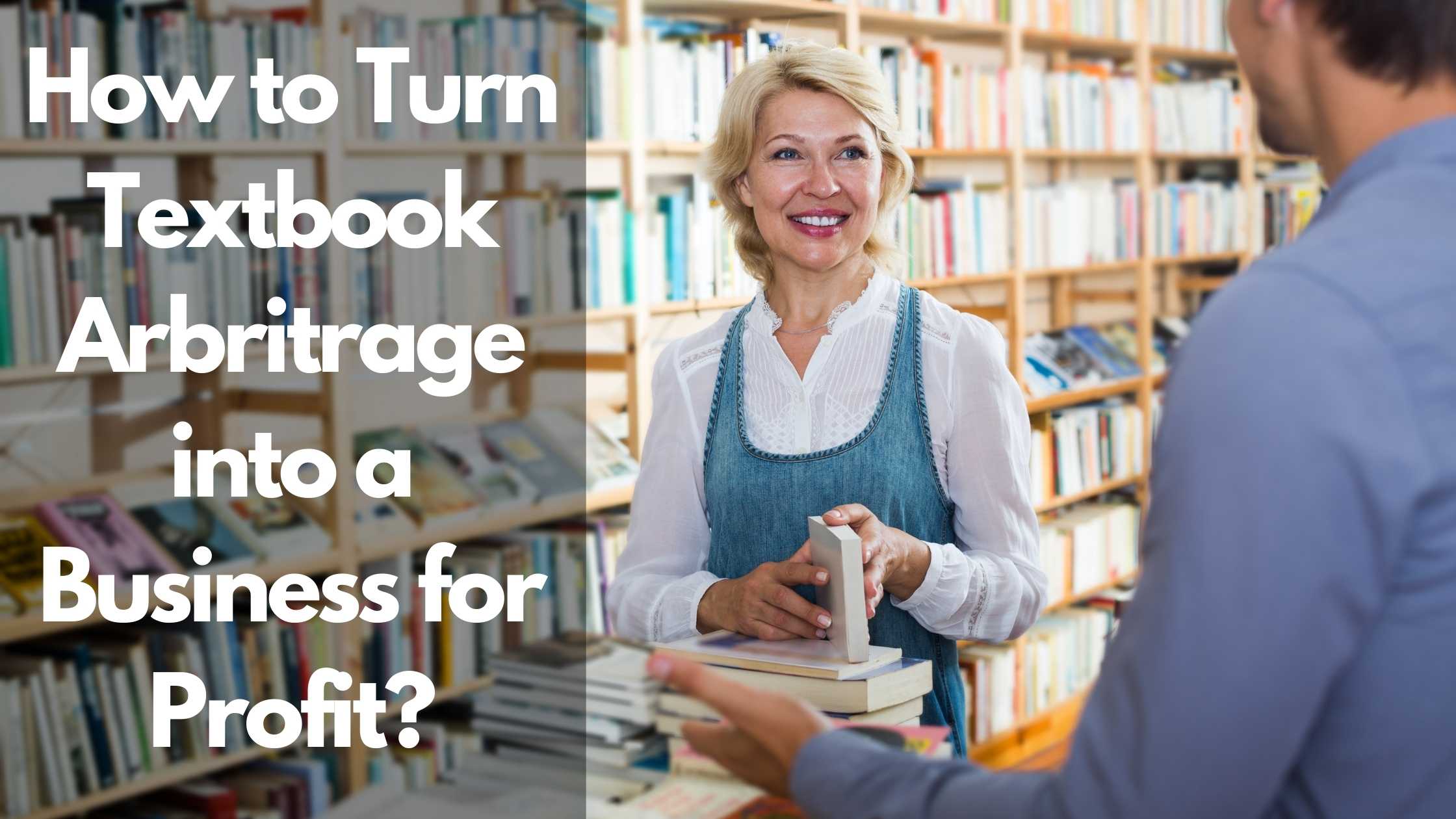
How to Turn Textbook Arbitrage into a Business for Profit

How Can You Tell if a Book is a First Edition?

What to Do With Your Jigsaw Puzzle When Finished?
